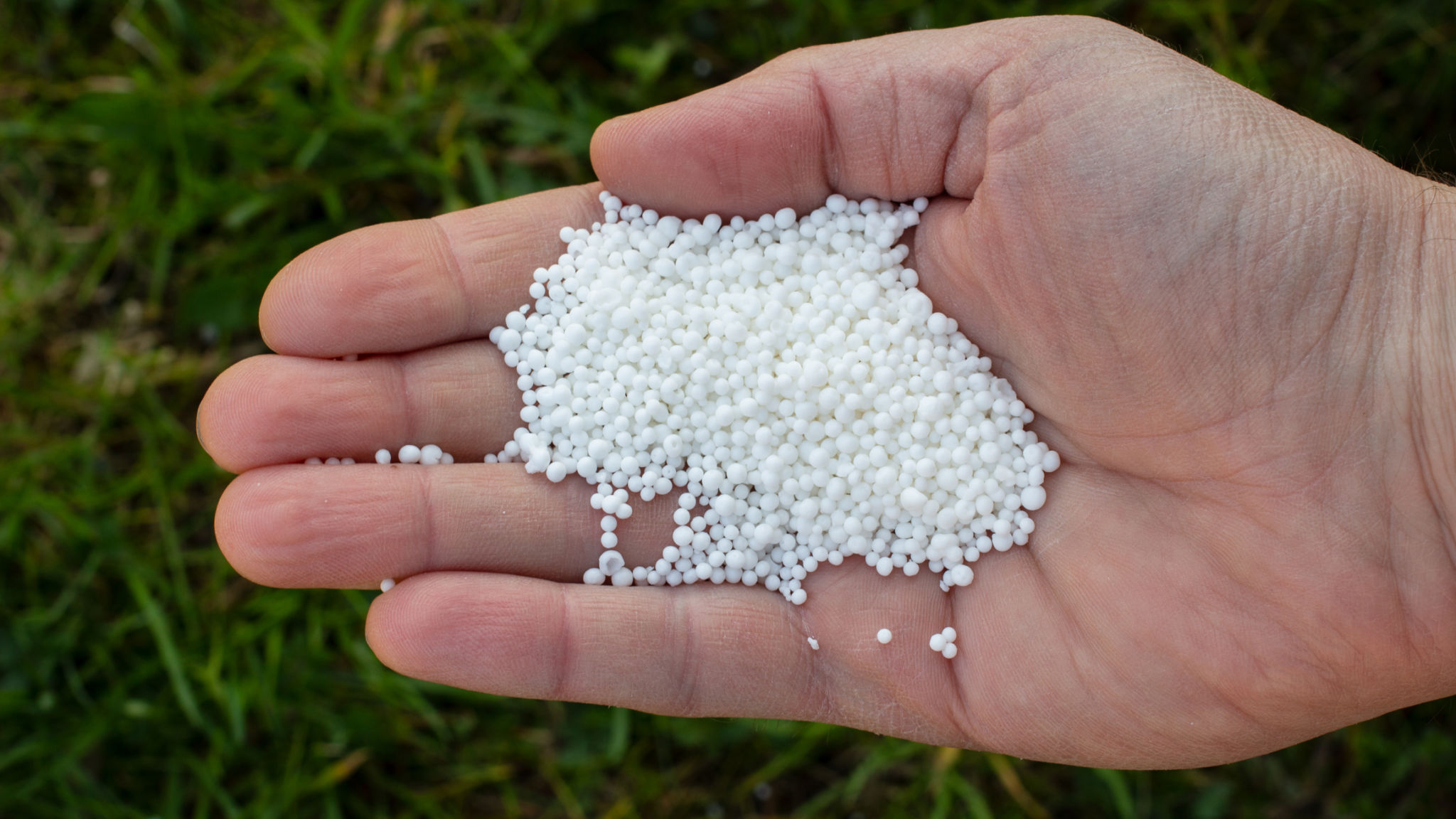Seasonal Trends in Fertilizer Demand: How It Affects Urea and DAP
Understanding Seasonal Variability in Fertilizer Demand
The agricultural industry is subject to numerous variables, one of the most prominent being the seasonal trends in fertilizer demand. Farmers and agricultural businesses rely heavily on fertilizers such as urea and DAP (Diammonium Phosphate) to enhance crop yield and quality. Understanding these trends is crucial for optimizing purchase and application strategies.

The Impact of Seasons on Fertilizer Demand
Fertilizer demand fluctuates significantly with the seasons. During planting season, demand peaks as farmers prepare their fields for new crops. This period typically sees a surge in both urea and DAP usage as these fertilizers provide essential nutrients required for initial plant growth. Conversely, demand tends to dip during harvest, when the focus shifts from growth to collection and storage of crops.
The timing of these seasonal demands can vary based on regional climatic conditions. In tropical regions, where multiple cropping seasons exist, demand may remain relatively high throughout the year. In contrast, temperate regions with distinct growing seasons might experience more pronounced demand spikes and troughs.
Urea: A Nitrogen Powerhouse
Urea is a popular choice among farmers due to its high nitrogen content, which is crucial for plant growth. The demand for urea typically aligns with periods of rapid vegetative growth when plants require increased nitrogen intake. This often coincides with the spring season in many parts of the world, leading to increased purchases and application during this time.

Farmers must carefully plan urea applications to avoid excessive use, which can lead to nutrient runoff and environmental harm. Balancing seasonal demand with sustainable practices ensures optimal crop yield without compromising environmental health.
DAP: Essential for Root Development
DAP is favored for its phosphorus and nitrogen content, making it ideal for root development and overall plant health. Its demand often rises during pre-planting preparations, as phosphorus plays a critical role in establishing a strong root system. This trend is especially evident in crops that are sensitive to soil phosphorus levels.
As with urea, understanding the seasonal demand for DAP helps in planning effective fertilization schedules. Farmers need to ensure that they have adequate supplies ahead of planting season to meet their crop’s nutritional needs.

Strategies for Managing Seasonal Fertilizer Demand
To effectively manage seasonal fluctuations in fertilizer demand, farmers and suppliers can adopt several strategies:
- Pre-season Planning: Anticipating demand spikes by ordering supplies in advance can prevent shortages and price hikes.
- Storage Solutions: Investing in proper storage facilities allows farmers to purchase fertilizers when prices are lower.
- Monitoring Market Trends: Keeping an eye on global market trends can provide insights into potential price changes and supply issues.
The Role of Technology in Predicting Demand
Advancements in technology have enabled farmers to better predict and respond to seasonal fertilizer demand. Through the use of data analytics and predictive modeling, agricultural businesses can forecast demand more accurately and adjust their purchasing strategies accordingly. This proactive approach helps in reducing waste and improving cost-effectiveness in fertilizer use.
Furthermore, technology can aid in precision agriculture practices, ensuring that fertilizers are applied at the right time and in the right amounts, thereby maximizing their effectiveness and minimizing environmental impact.
Conclusion: Aligning Supply with Demand
Understanding seasonal trends in fertilizer demand is essential for both farmers and suppliers. By aligning supply chains with these trends, stakeholders can ensure a steady supply of critical nutrients like urea and DAP, ultimately leading to better crop yields and more sustainable farming practices.
The integration of technology and strategic planning plays a pivotal role in this process, enabling the agricultural sector to adapt to changes in demand efficiently. As global agricultural practices evolve, staying informed about these trends will be increasingly important for success in farming endeavors.
